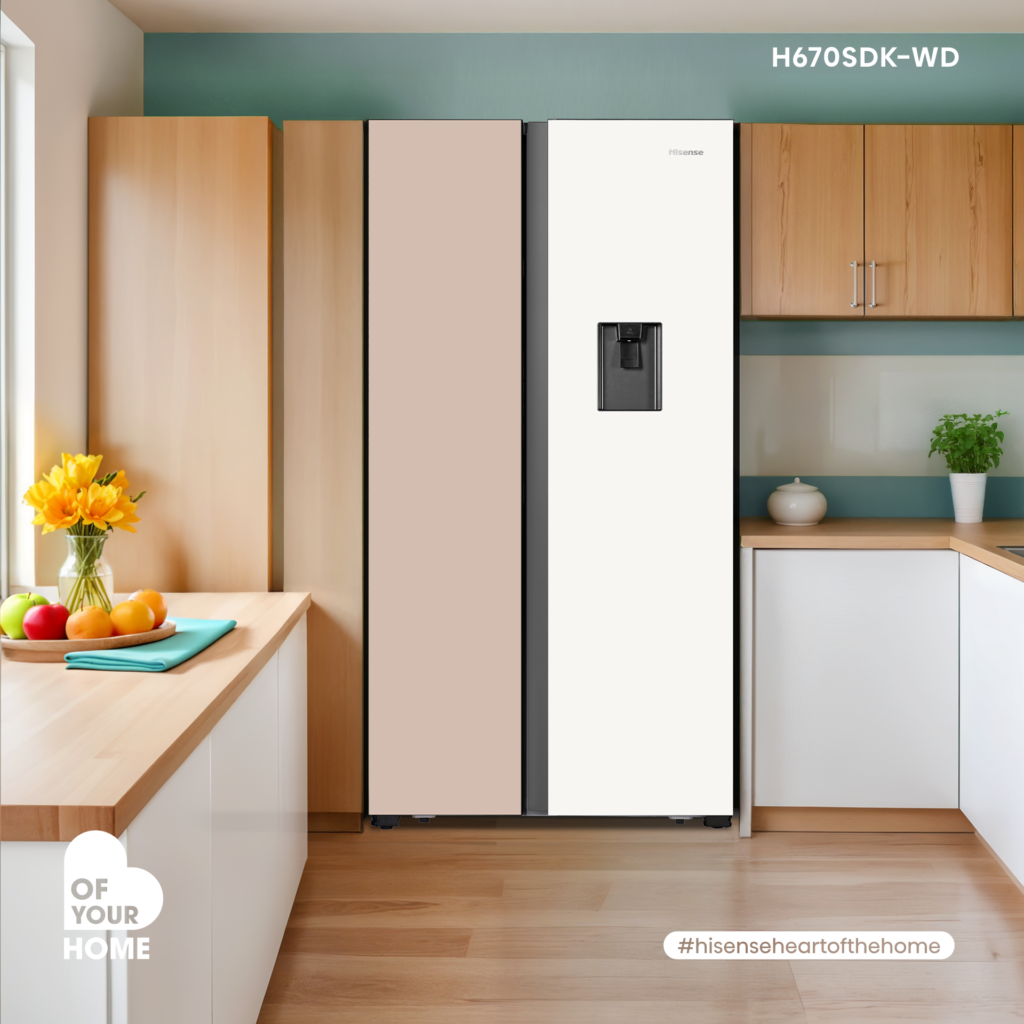The Evolution of Hisense: A Journey of Innovation, Strategic Expansion, and Resilience

The Evolution of Hisense: A Journey of Innovation, Strategic Expansion, and Resilience. Hisense, established in 1969 in Qingdao, China, has transformed from a modest radio manufacturer into a global leader in electronics and home appliances. This transformation is attributed to a steadfast commitment to innovation, strategic marketing, and resilience. By examining Hisense’s key milestones, challenges overcome, and innovative approaches, we can extract actionable insights for aspiring entrepreneurs.
Early Foundations and Visionary Leadership
Hisense began as the Qingdao No.2 Radio Factory, producing radios under the brand name Red Lantern. In 1970, the company expanded into television manufacturing, producing its first black-and-white TV model, the CJD18, in 1978. This diversification marked the beginning of Hisense’s journey into the consumer electronics market.
Key Insight: Diversification into new product categories can open avenues for growth. Hisense’s expansion into television manufacturing allowed it to tap into a broader consumer base.

Strategic Expansion and Internationalization
In 1996, Hisense took a significant step in its internationalization by establishing Hisense South Africa, marking its first overseas venture. This move was part of a broader strategy to expand its global footprint. The company also ventured into air conditioning in 1996, introducing frequency conversion technology in China.
Key Insight: Strategic international expansion can provide access to new markets and resources. Hisense’s entry into South Africa and the air conditioning sector exemplifies this approach.
Innovation and Technological Advancements
Hisense has consistently invested in research and development, leading to significant technological advancements. In June 2005, the company developed China’s first industrial digital video processing chip with independent intellectual property rights, marking a milestone in domestic technology development.
Key Insight: Investing in R&D and developing proprietary technologies can enhance product differentiation and reduce reliance on external suppliers.

Strategic Partnerships and Acquisitions
To bolster its market position, Hisense has engaged in strategic partnerships and acquisitions. In 2015, the company acquired Sharp’s television manufacturing facility in Mexico, gaining rights to use the Sharp brand in the Americas. In 2017, Hisense acquired a 95% controlling stake in Toshiba Visual Solutions for $113 million, further expanding its global presence.
Key Insight: Strategic acquisitions can provide immediate access to new technologies, markets, and brand recognition, accelerating growth and competitiveness.
Resilience and Adaptation
Facing intense competition and market fluctuations, Hisense has demonstrated resilience by adapting to changing market conditions. The company’s ability to navigate economic challenges and maintain a flexible business model has been crucial in sustaining its growth trajectory.
Key Insight: Resilience involves adapting to challenges and maintaining flexibility in business operations. Hisense’s ability to navigate economic challenges and maintain a flexible business model has been crucial in sustaining its growth trajectory.

Recent Developments
As of January 2025, Hisense continues to expand its presence in the U.S. market, emphasizing its growth by showcasing large TV models at CES 2025 in Las Vegas. The company highlighted its leadership in the 100-inch and above TV segment, capturing significant market share.
Key Insight: Continued innovation and market expansion are vital for sustaining growth and maintaining a competitive edge.
Conclusion: Lessons from Hisense’s Journey
Hisense’s evolution from a small radio manufacturer to a global electronics leader offers valuable lessons for entrepreneurs:
- Diversify Product Offerings: Expanding into new product categories can open avenues for growth.
- Strategic Expansion: Entering new markets and sectors can provide access to new opportunities and resources.
- Invest in Innovation: Developing proprietary technologies can enhance product differentiation and reduce reliance on external suppliers.
- Engage in Strategic Partnerships: Acquisitions and partnerships can accelerate growth and competitiveness.
- Demonstrate Resilience: Adapting to challenges and maintaining flexibility in business operations are crucial for sustaining growth.
By embracing these strategies, entrepreneurs can navigate the complexities of building a successful brand, drawing inspiration from Hisense’s journey.





